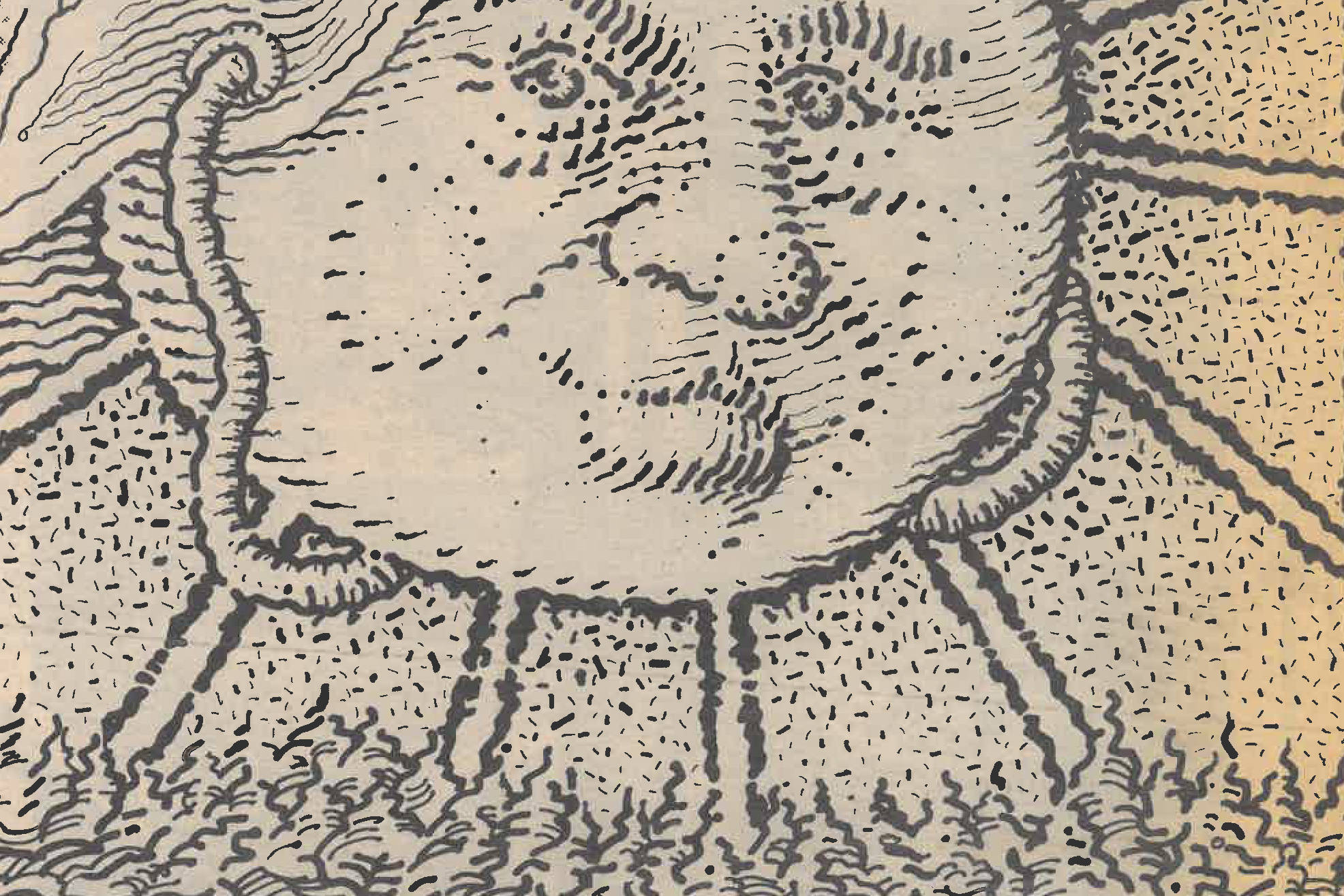Somehow, the standard legal and psychiatric cookie-cutters—”pedophile,” “sexual predator,” “child rapist”—don’t lend themselves to Mary Kay LeTourneau. While it is politically impermissible these days to distinguish a female adult’s sexual relationship with a 13-year-old from a male adult’s sexual relationship with a 13-year-old, there is something about the LeTourneau saga that cries out for distinction from the Westley Allan Dodd story or the Earl Shriner shocker. Can anyone seriously put her in the same class with the panting maniac lurking in a public park, waiting to sodomize the first child who comes his way?
Yet that’s exactly what mental-health professionals and prosecutors do when they talk about LeTourneau. They seem incapable of distinguishing between a monster and someone caught in the clutches of tragedy. To hear them talk about how “predictable” LeTourneau’s relapse is, and how she is a classic “predator,” is to hear the talk of people incapable of seeing anything other than what they are trained to see.
Whenever I hear a statement from one of these jaded professionals, I’m reminded of the Steve Titus case. Convicted of a rape he did not commit, Titus came unglued before the social worker who interviewed him prior to his sentencing. He begged her to release him from his nightmare and to believe that he was innocent. The social worker then went before the judge and recommended an exceptionally long sentence. Titus, she said, was a classic rapist who exhibited no “remorse” for what he had done.
Virtually every detail in the LeTourneau case defies convention and easy classification. The now-14-year-old boy who is her lover appears to be no more a typical victim than LeTourneau is a typical sexual predator. LeTourneau’s “rationalizations” (to use the mental-health professionals’ term) that he is exceptionally mature and not at all like a child keep being repeated by other, soberer, people. The boy’s mother described him to one newspaper reporter as “a sad old man” trapped in the body of a boy. Another teacher, speaking to another reporter under circumstances that cause people to choose their words with great care, described the boy as “extremely poetic and spiritual.” The teacher was suggesting the unsuggestible: that a relationship always and necessarily regarded as taboo is, in this case—at least in some measure—justified.
When you hear these characterizations and take in all that LeTourneau has lost because of her relationship with this boy, it is hard not to think of him as a male version of Vladimir Nabokov’s Lolita—said to exude a “perilous magic,” under the spell of which Humbert Humbert was utterly helpless.
Among the elements setting LeTourneau’s relationship with this youngster apart from predator/victim relationships is the obvious lack of coercion. Even Mr. Humbert, a monster portrayed with immeasurable sympathy and understanding by his creator, forced himself on his victim and kept her a prisoner for years. LeTourneau, by contrast, exerted no such coercive power over her “victim”—who, it has been widely reported, sought out her company as aggressively as she sought out his.
We cannot look at all LeTourneau has lost—her marriage, her job, her reputation, her connection with her five children (the youngest being the child of her 14-year-old lover), her freedom, her sanity, her will to live—without feeling sympathy for her. We can’t help but wonder how she copes with the knowledge that she has effectively destroyed so many lives. And we can’t help but violate (in private, at least) a powerful social taboo by wondering if there might not be something legitimate and loving in her relationship with this boy.
But in the final analysis LeTourneau has us caught in a hideous paradox. For when it comes to dealing with this relationship publicly, or in the legal arena, or in the arena of social policy, what options do we have? As keepers of a social contract, we must build—in the form of inviolable laws, conventions, and morals—powerful protections for the children whose care and nurture we entrust to teachers and school administrators. To condone what LeTourneau has done—even on the grounds that she and the boy and their relationship add up to some kind of unrepeatable combination of exceptions—is to condone such relationships in principle. And to do that is to deliberately imperil all of our children. Were we to set LeTourneau free, how could any reasonable parent be expected to send his or her child to a school system capable of tolerating even one purportedly unrepeatable sexual relationship between a teacher and a student?
Even assuming the unimaginable about LeTourneau, we had no choice but to brand and confine her as a criminal or a psychopath, as a means of helping protect our children from real sexual predators. Yet the unparalleled nature of her predicament cried out for an imaginative and compassionate judge—more so, alas, than the judge assigned to this case—who, recognizing that the defendant is being more sacrificed than punished, could have struck an impossible balance. LeTourneau should be regarded and treated as a sympathetic figure from tragedy rather than a revolting monster from true crime.
Other SW stories on LeTourneau:
Or was it something different? by Kathryn Robinson
Our consumer culture says, ‘Follow your heart,’ and Mary Kay LeTourneau did. Oops. by Eric Scigliano






